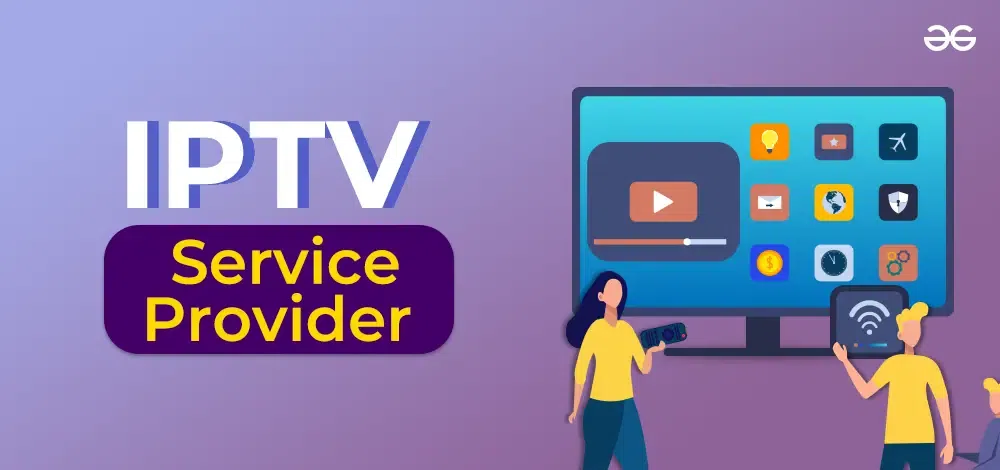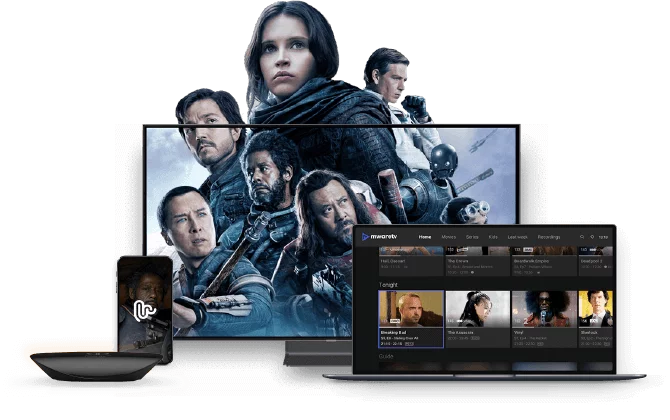Exactly How IPTV Works: A Step-by-Step Overview to Internet Method Television Modern Technology
Web Method Television (IPTV) has actually revolutionized the means we consume television web content, using a brand-new realm of opportunities with the power of the internet. Comprehending the complexities of just how IPTV functions can shed light on the modern technology that drives this cutting-edge kind of media delivery. From the basic concepts of IPTV to the complex process of web content delivery, each step plays a crucial function in ensuring a seamless viewing experience. In this overview, we will certainly uncover the underlying systems that make IPTV a fascinating fusion of innovation and entertainment.
IPTV Basics
In comprehending IPTV fundamentals, it is essential to realize the basic operations of this modern technology in providing television material online. IPTV, which means Web Protocol Television, uses Web Procedure (IP) networks to transfer television content to users' tools. Unlike typical approaches of relaying television content through wire or satellite signals, IPTV streams media through high-speed net links.

In addition, IPTV permits for interactive abilities, such as video on demand (VOD) and digital program guides (EPG), enhancing the customer experience by supplying even more control and versatility in accessing content. On the whole, comprehending the basics of IPTV establishes the structure for exploring its advanced performances and the benefits it supplies to contemporary television usage.
Web Content Shipment Refine
Effective content shipment in IPTV systems entails a well-structured process that makes sure smooth transmission of television web content over IP networks. The content shipment procedure in IPTV starts with the creation of the video material, which is then encoded into electronic layout suitable for IP transmission.

Middleware Functionality
With the combination of middleware, IPTV systems gain boosted capability that improves user communication and web content administration. One of the crucial functions go to my site of middleware in IPTV is to enable tailored individual experiences by supplying functions such as interactive program guides, video-on-demand solutions, interactive marketing, and user choices management.

Tool Compatibility
Provided the crucial duty of middleware in making it possible for smooth communication and web content administration in moved here IPTV systems, a crucial aspect to consider is the compatibility of devices used for accessing the IPTV services. Tool compatibility is essential for ensuring a smooth individual experience and ideal performance when accessing IPTV content.
In the context of IPTV, gadget compatibility describes the capability of a tool to properly connect with the IPTV solution, present material appropriately, and support the needed methods and codecs for streaming video clip web content over the internet. Different devices, such as wise TVs, set-top boxes, smart devices, tablet computers, and computer systems, might have differing levels of compatibility with IPTV services.
To guarantee a seamless viewing experience, it is very important for customers to pick gadgets that are compatible with the specific IPTV solution they are utilizing. Additionally, IPTV provider ought to offer support for a variety of gadgets to accommodate the varied requirements of their user base. By prioritizing gadget compatibility, both users and company can boost the general IPTV experience.
Quality of Solution (QoS)
Thinking about i thought about this the vital duty of preserving a high criterion of performance and integrity in IPTV systems, guaranteeing regular Quality of Solution (QoS) remains an essential facet of the individual experience. QoS in IPTV describes the ability of the system to provide web content with minimal disturbances, high resolution, and fast filling times. To achieve optimum QoS, different factors require to be addressed. Network transmission capacity is important to sustain premium video streaming without buffering or pixelation. In addition, latency, jitter, and packet loss need to be decreased to enhance the seeing experience.
Company use QoS mechanisms such as traffic prioritization, buffering, and error correction to keep a stable IPTV service. By prioritizing IPTV traffic over less time-sensitive information, providers can ensure smooth playback even during top usage hours. Buffering helps make up for network changes, while mistake modification strategies enhance data integrity.
Constant tracking and optimization of QoS criteria are necessary to adapt to changing network conditions and user demands. Ultimately, a robust QoS framework is important for providing a seamless and enjoyable IPTV experience to individuals.
Conclusion
In conclusion, IPTV runs via the transmission of television web content over web protocol networks. Top quality of Service plays a critical function in maintaining the effectiveness and reliability of IPTV services - IPTV subscription.
Comments on “Upgrade Your Enjoyment: Inexpensive IPTV Subscription Bundles”